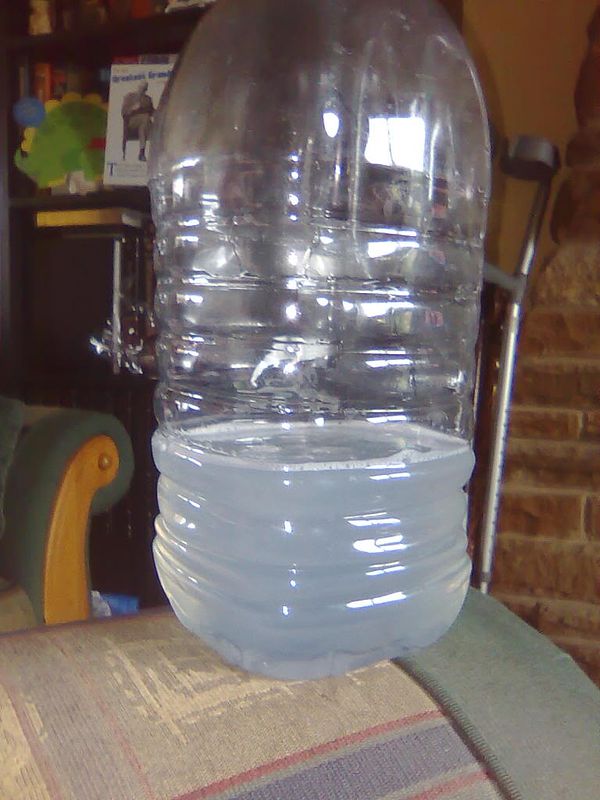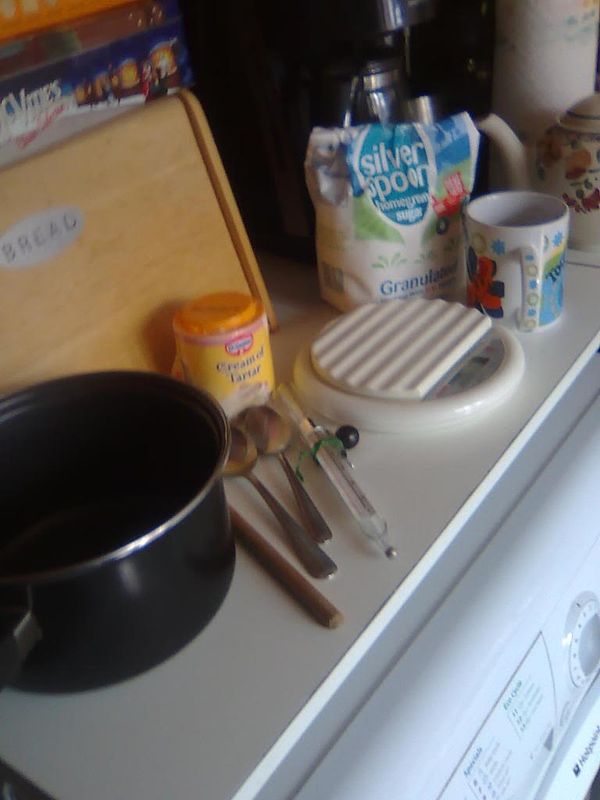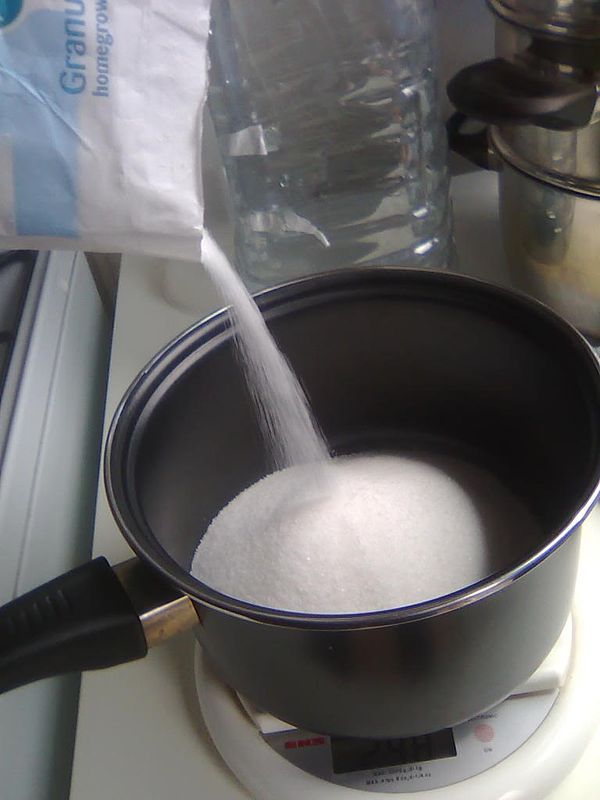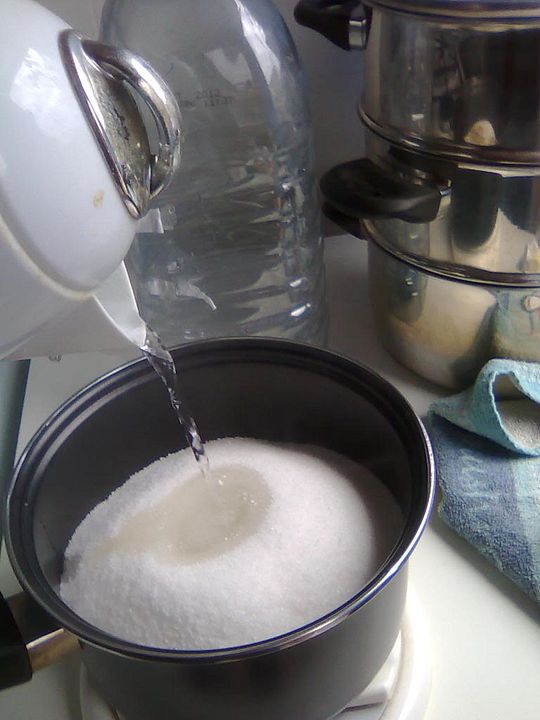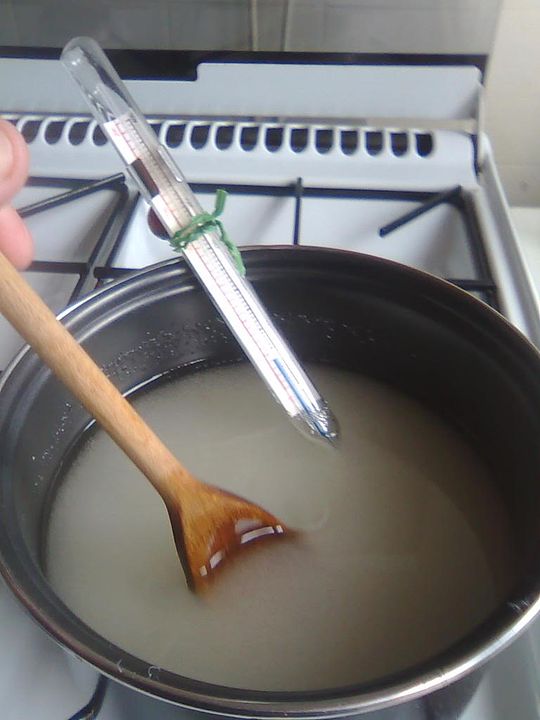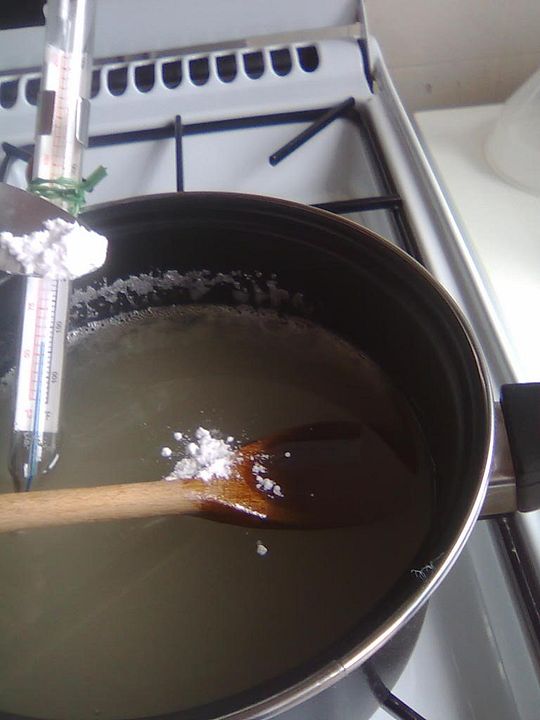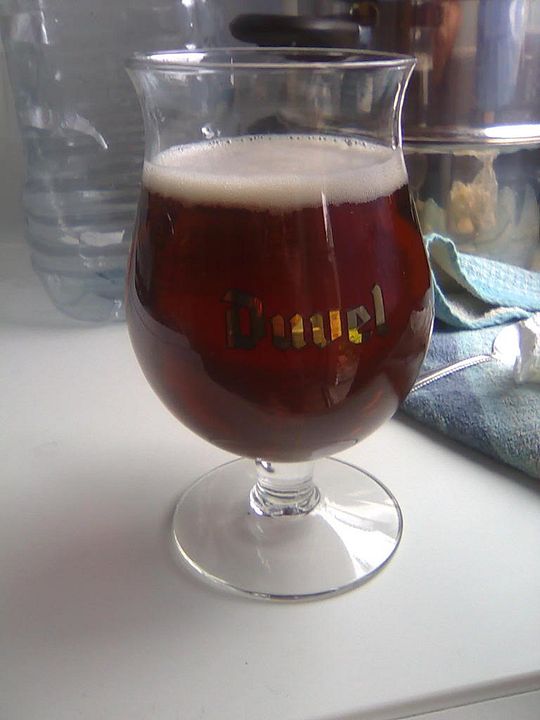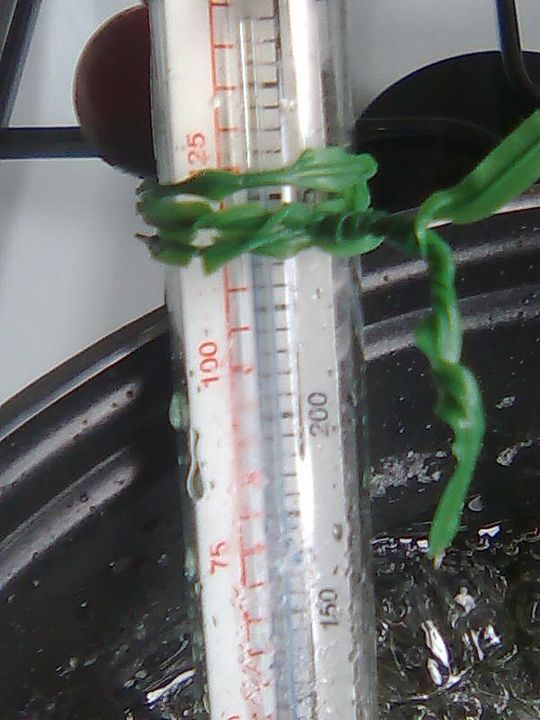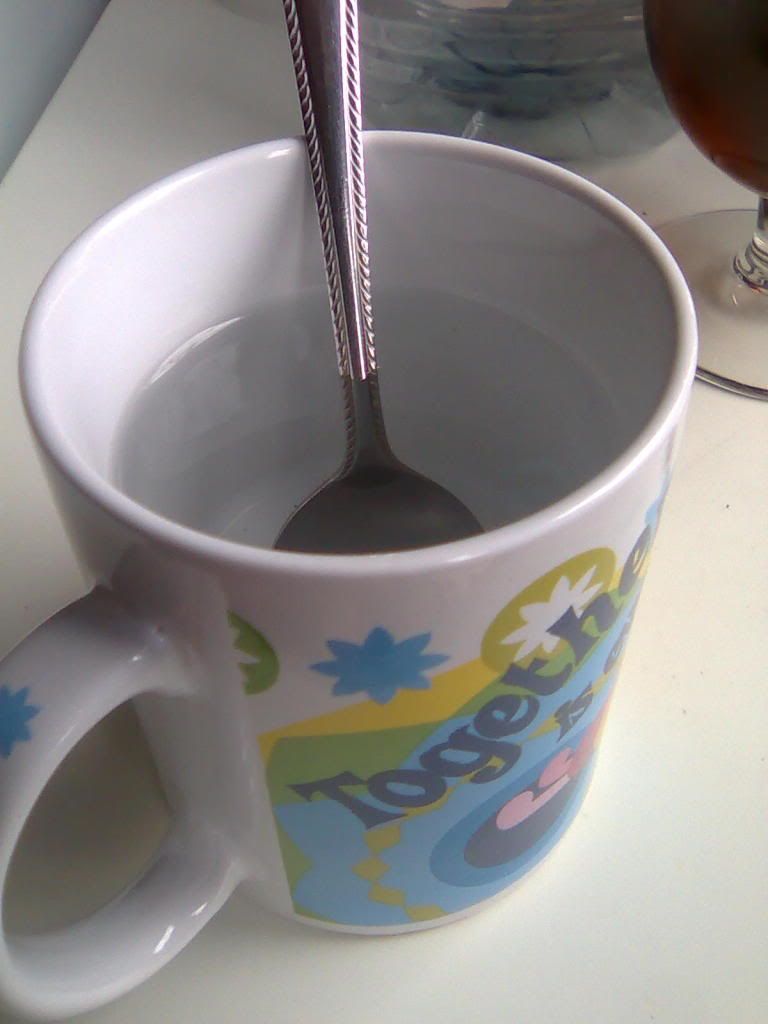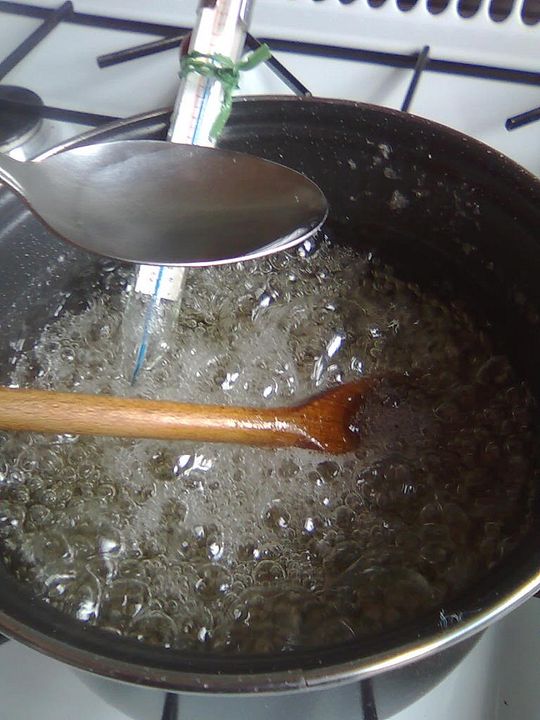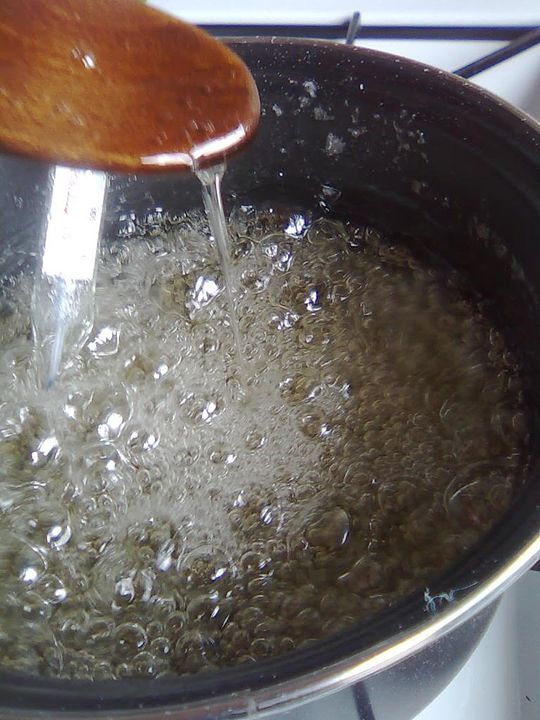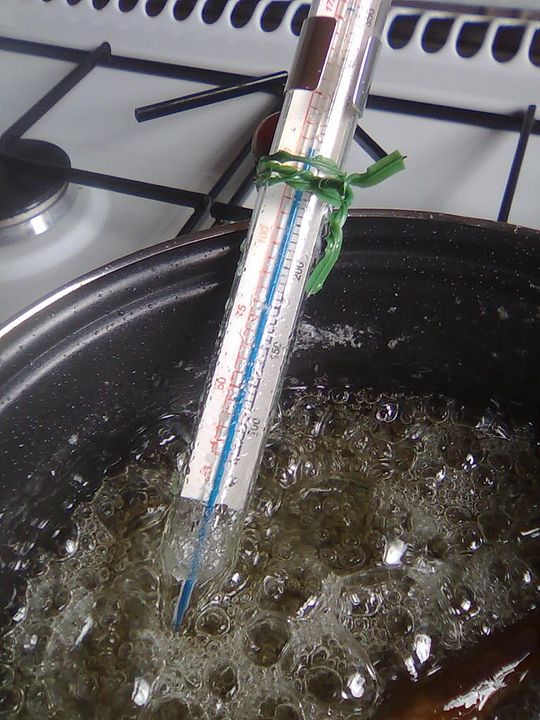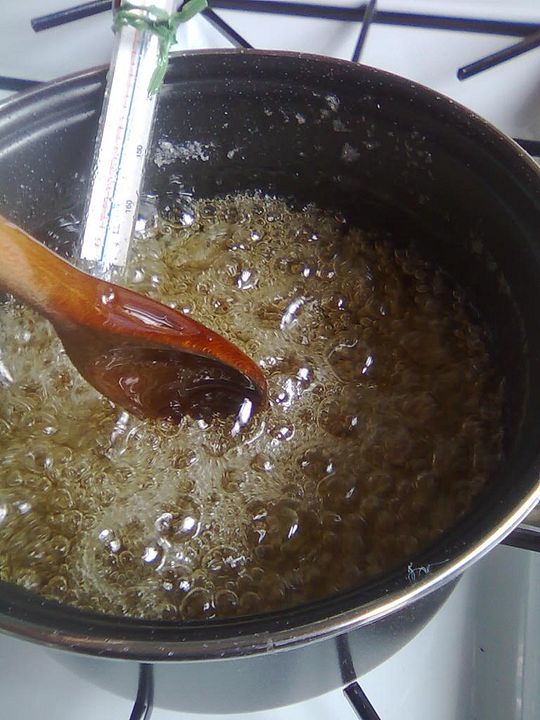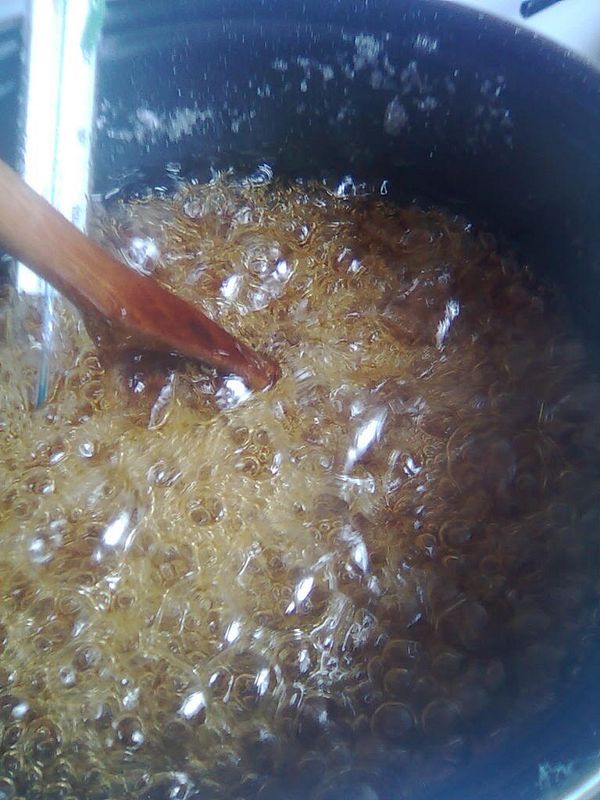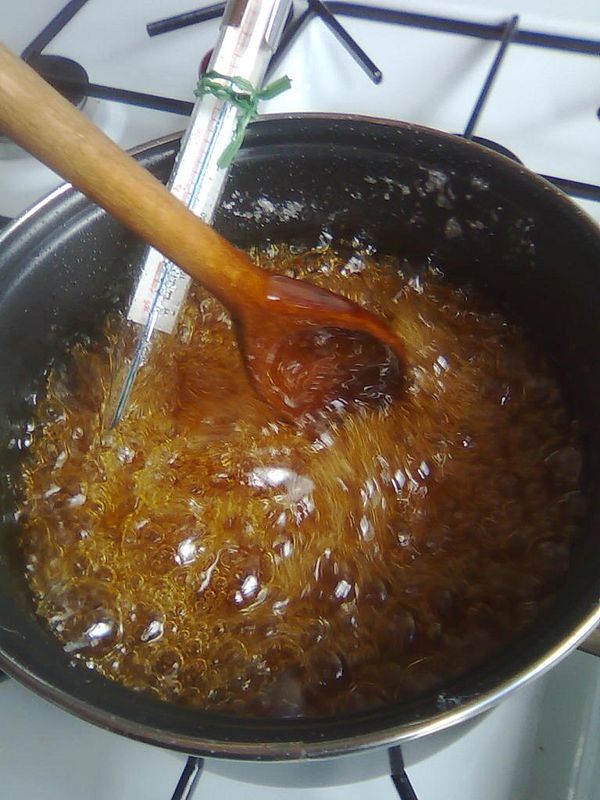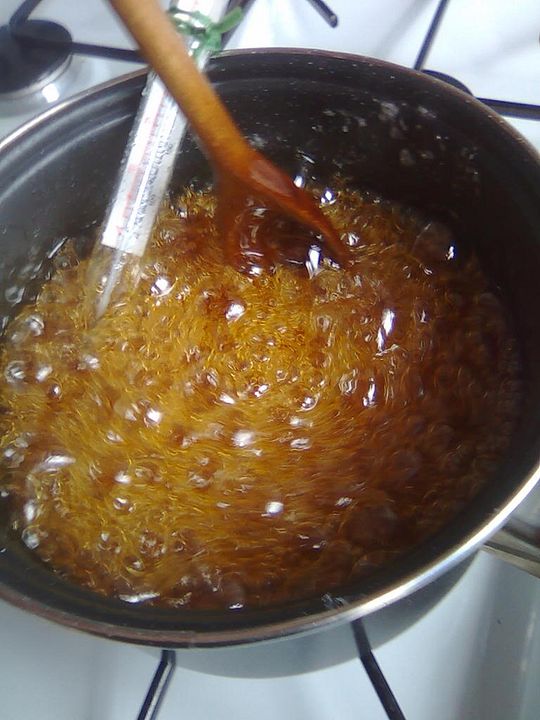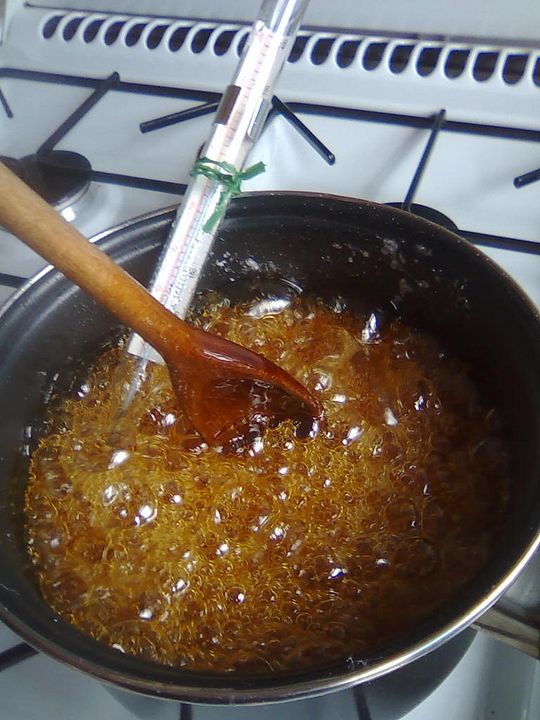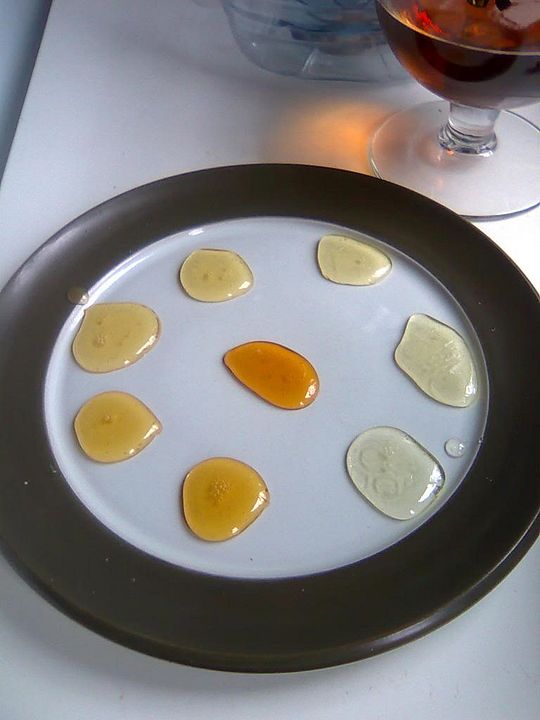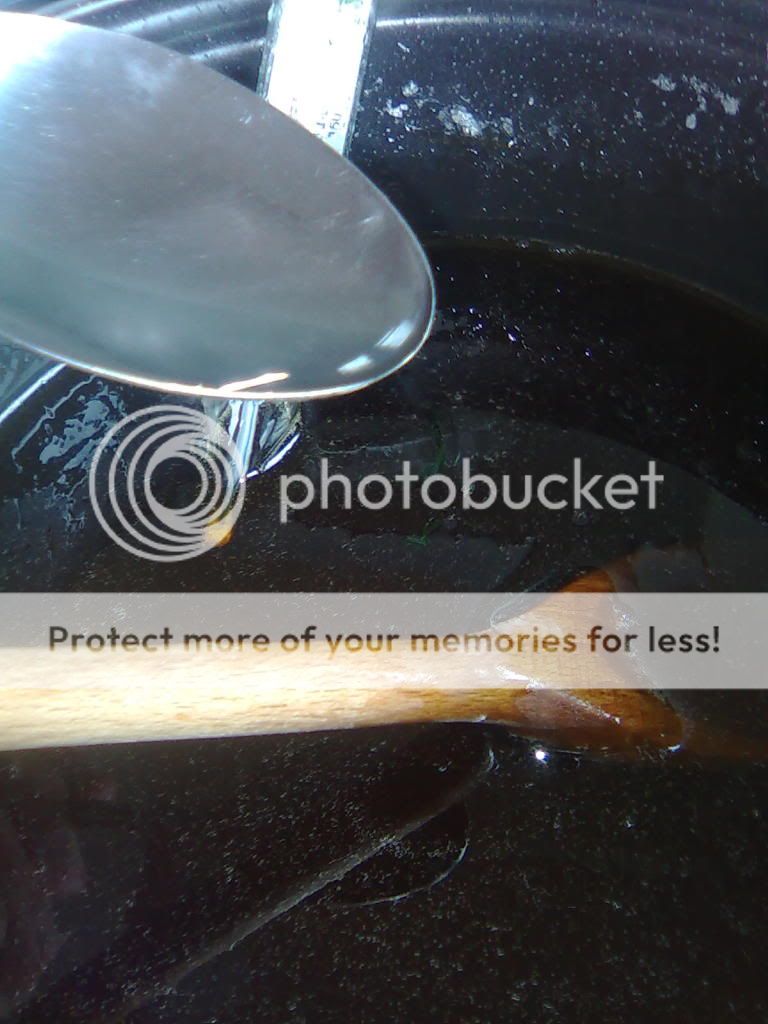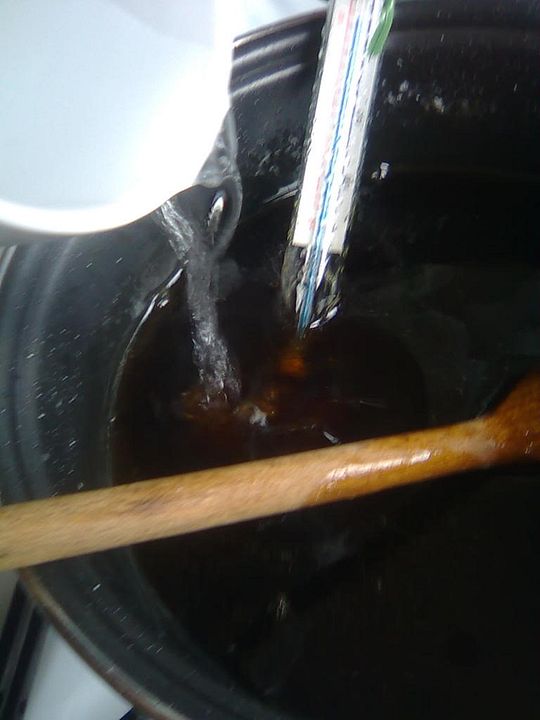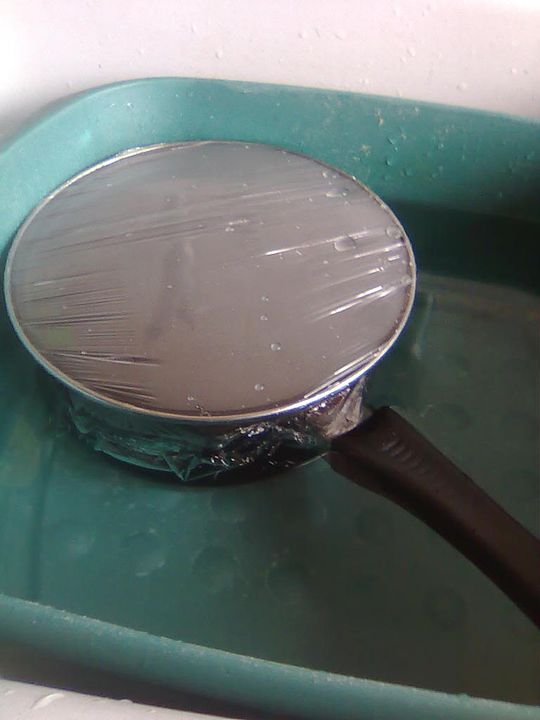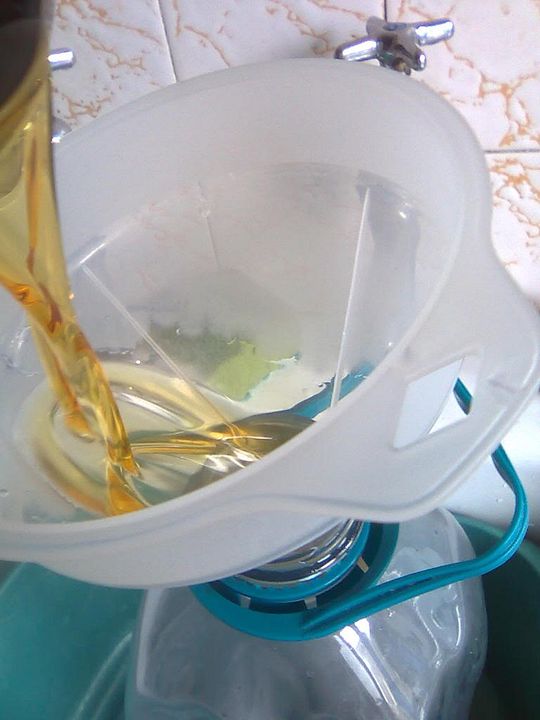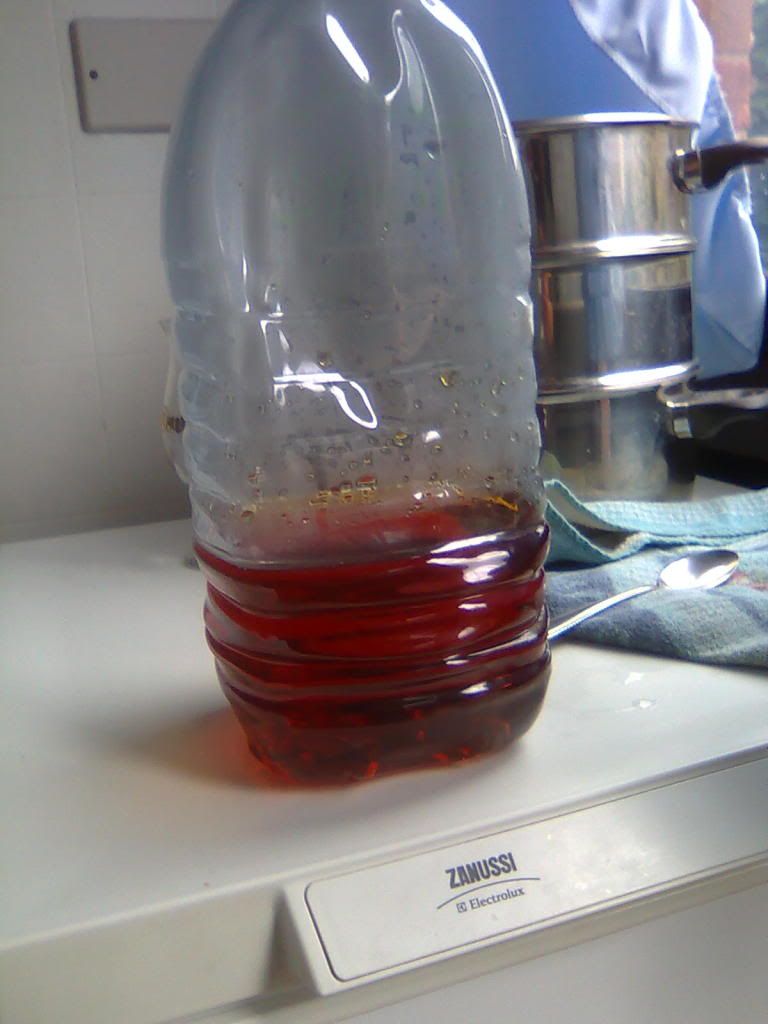luckyeddie
Landlord.
I have noticed that a number of members (me especially) have started topics and discussions around Belgian beers over the last few months. Many Belgian recipes call for the inclusion of 'Candi Sugar', and there is a fair amount of mystery surrounding the topic.
First of all, a bit of Chemistry... PAY ATTENTION AT THE BACK THERE, MOLEY MAJOR!!!. Common-or-garden sugar is called Sucrose. It's extensively used in brewing, and comes in a number of physical forms. The only differences between table sugar, beet sugar, cane sugar, brewing sugar, brown sugar or even icing sugar is in the refining, the purity or the size of the crystals. They share the same chemical formula - C12 H22 O11.
Sucrose is a Disaccharide, which basically means 'two sweet bits'. Think of it as an old-fashioned circus weightlifter's dumbell. The two big round weights at the end are the two lumps of sweet stuff, and the bar across the middle is the chemical string joining them together. At one end is Glucose, and at the other end is Fructose. These are individually known as Monosaccharides (one sweet bit).
Before yeasties can get to work, they have to spend energy in splitting the Sucrose into Fructose and Glucose before they can get to work doing the thing we love them for - making alcohol. This splitting of Sucrose into its constituent monosaccharides is called 'inverting' the sugar. It just makes things a little easier (and quicker) for the yeasts to get to work. Candi Sugar is just that - invert sugar.
The reason we add sugar to strong beers (and Belgian brews are amongst the strongest) is to generate alcohol without making the beer too malty, thick and cloying - problems you will have if you try to produce extremely strong beers using just grain. There is one other advantage of making Candi Sugar - you can colour it to suit the style of beer you are making. This thread will take you through the process from start to finish.
First of all, a bit of Chemistry... PAY ATTENTION AT THE BACK THERE, MOLEY MAJOR!!!. Common-or-garden sugar is called Sucrose. It's extensively used in brewing, and comes in a number of physical forms. The only differences between table sugar, beet sugar, cane sugar, brewing sugar, brown sugar or even icing sugar is in the refining, the purity or the size of the crystals. They share the same chemical formula - C12 H22 O11.
Sucrose is a Disaccharide, which basically means 'two sweet bits'. Think of it as an old-fashioned circus weightlifter's dumbell. The two big round weights at the end are the two lumps of sweet stuff, and the bar across the middle is the chemical string joining them together. At one end is Glucose, and at the other end is Fructose. These are individually known as Monosaccharides (one sweet bit).
Before yeasties can get to work, they have to spend energy in splitting the Sucrose into Fructose and Glucose before they can get to work doing the thing we love them for - making alcohol. This splitting of Sucrose into its constituent monosaccharides is called 'inverting' the sugar. It just makes things a little easier (and quicker) for the yeasts to get to work. Candi Sugar is just that - invert sugar.
The reason we add sugar to strong beers (and Belgian brews are amongst the strongest) is to generate alcohol without making the beer too malty, thick and cloying - problems you will have if you try to produce extremely strong beers using just grain. There is one other advantage of making Candi Sugar - you can colour it to suit the style of beer you are making. This thread will take you through the process from start to finish.




